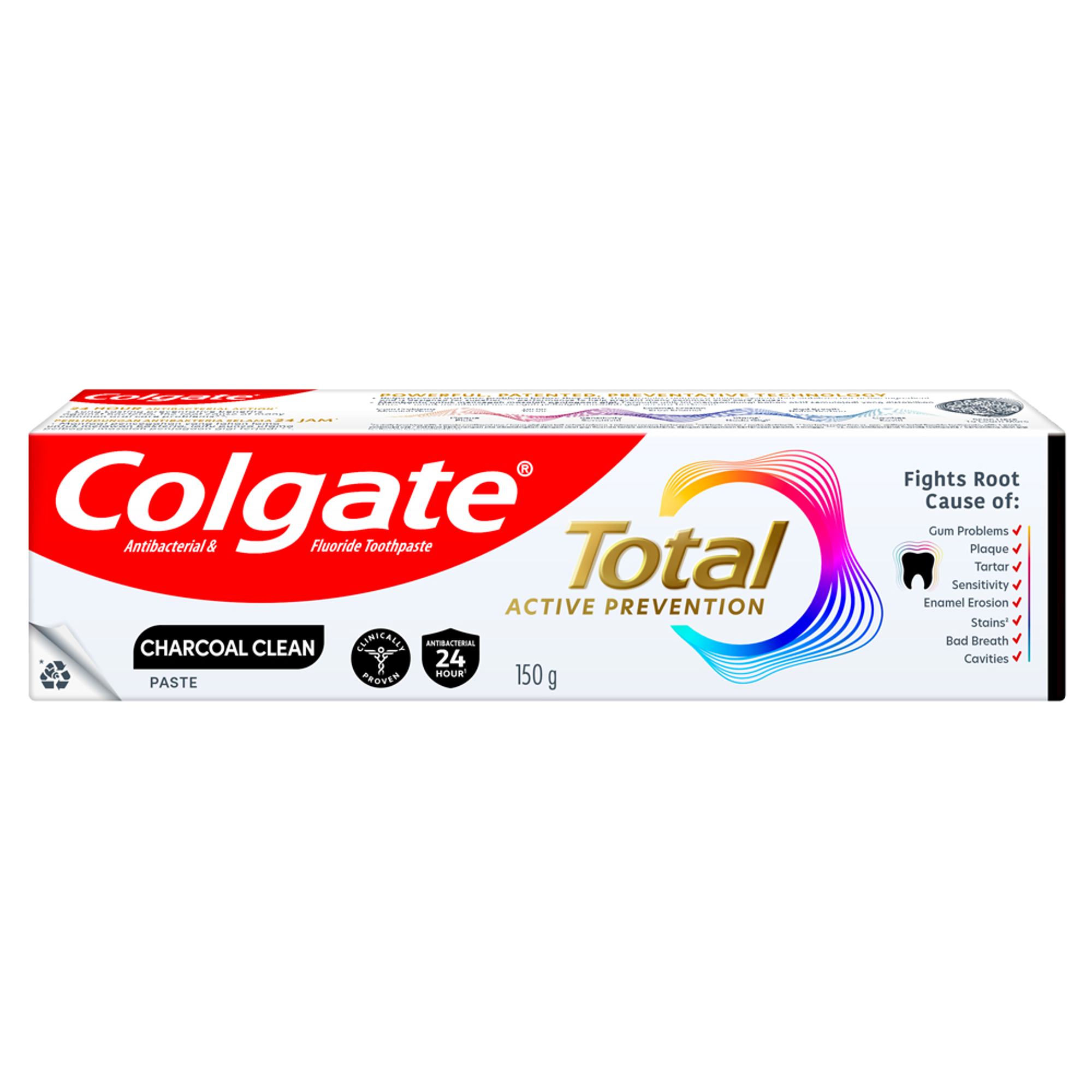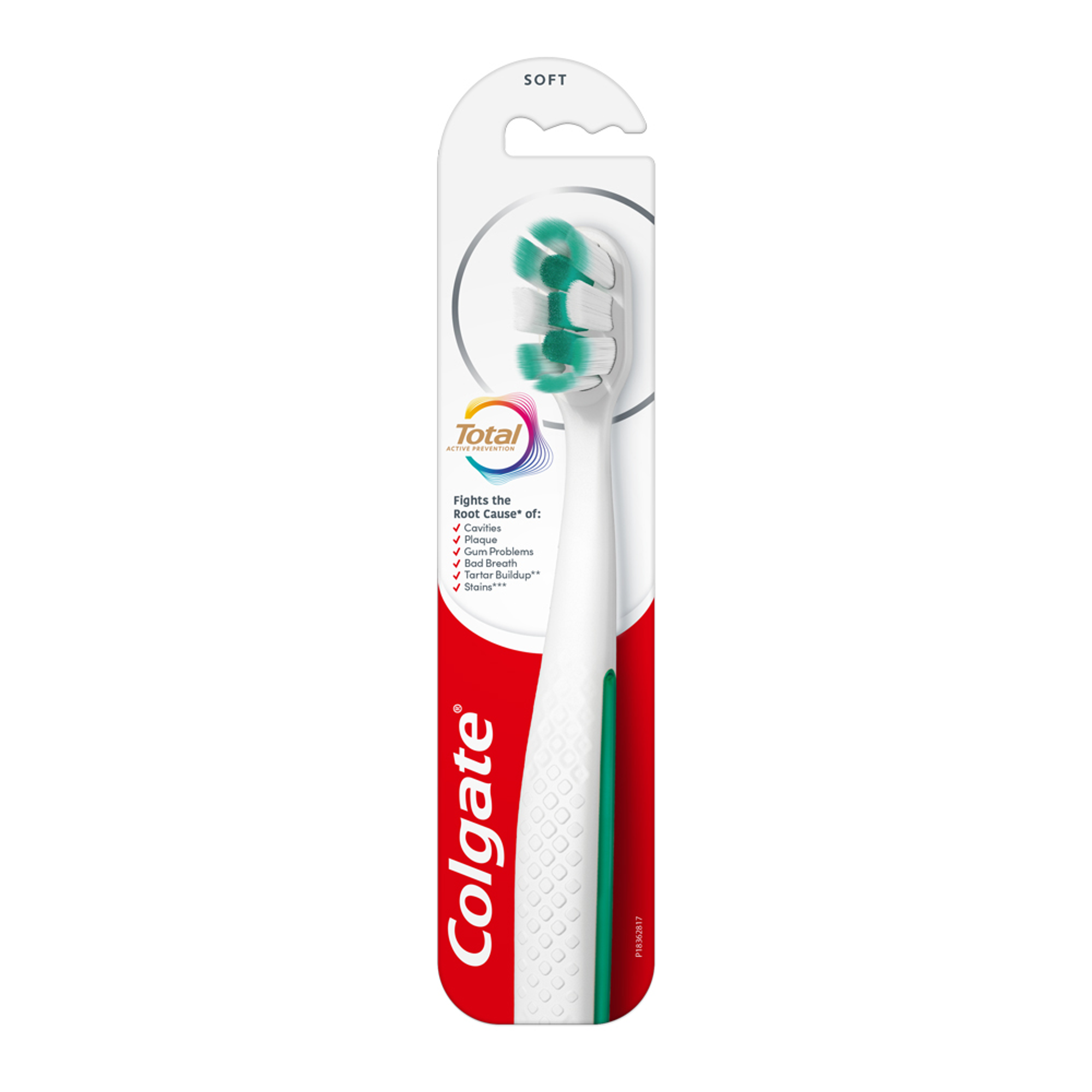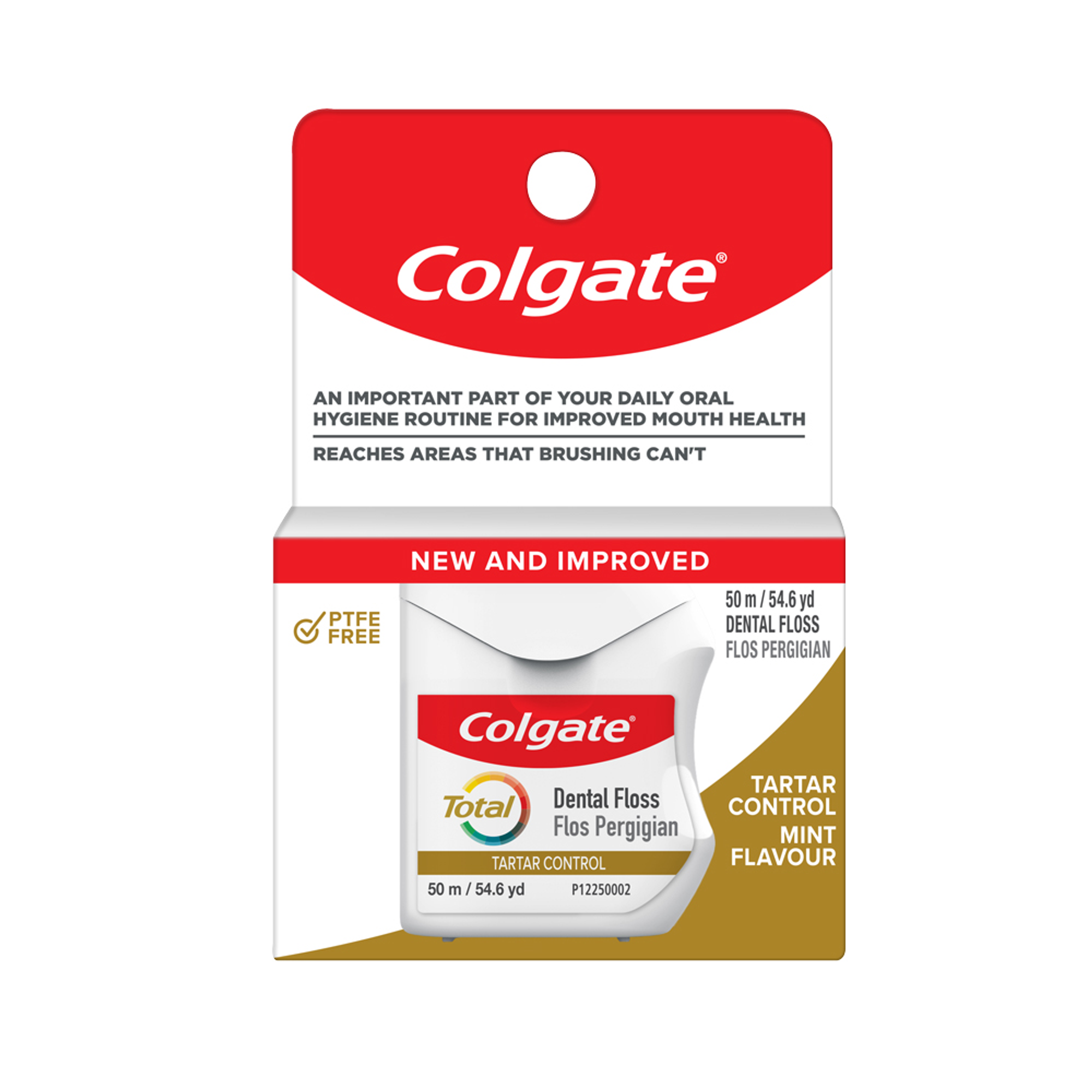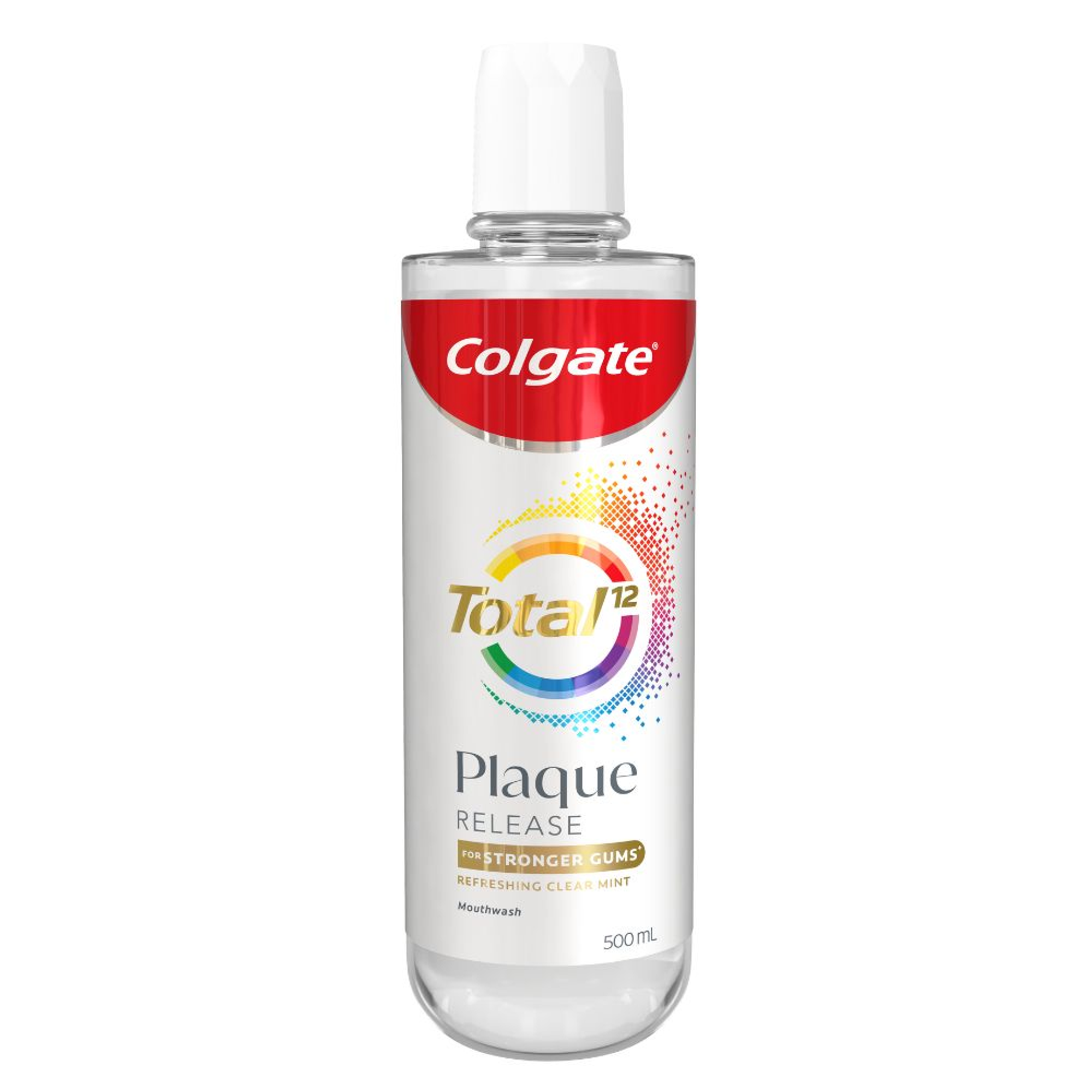What is Dental Plaque?
Saliva is like a secret agent working hard to protect the mouth from bad bacteria. But, this natural defence system has its own limits. The mouth is home to over 500 different types of bacteria at any given time. But then, what is plaque? When these bacteria in the mouth feed on food debris, it creates dental plaque on teeth, a sticky, acidic biofilm. As plaque grows, it turns into a whitish-grey colour. Plaque usually forms along the border between the teeth and gums, and if plaque continues to grow unchecked, it will mineralise and turn into tartar (also called dental calculus).
What Causes Plaque on Teeth?
The causes of plaque buildup on teeth are a combination of bacteria, diet, and oral hygiene habits. The mouth is home to a diverse community of bacteria that feed on food particles left behind after eating, especially those high in sugars and carbohydrates. These bacteria metabolise these food remnants, producing acids and sticky byproducts that stick to the teeth.
Saliva is generally protective but has proteins that contribute to plaque biofilm formation. Poor oral hygiene allows this process to continue uninterrupted because inadequate brushing and flossing do not remove the developing dental plaque. Over time, the plaque accumulates, especially in areas that are hard to clean, like between teeth and along the gum line. The texture of the tooth surface itself can also play a role; rough spots provide more area for plaque to attach and grow.
What Are The Symptoms of Dental Plaque?
These are the main symptoms of dental plaque:
Feeling a fuzzy texture on the teeth when running the tongue over them
Seeing a soft, pale yellow film on the teeth, especially near the gumline
Experiencing bad breath or an unpleasant taste in the mouth
Having tender or swollen gums that may bleed easily when brushing
Noticing a red appearance of the gums, typically along the edges near the teeth
The severity of these symptoms can vary depending on the amount and duration of plaque buildup. If left untreated, plaque can lead to more serious issues like tooth decay or gum disease, which have their own symptoms.
Tartar vs. Plaque
Plaque and tartar are both dental deposits that can significantly affect oral health, but they differ in composition and removal methods. If plaque is not adequately removed, it can harden into tartar. Tartar is a mineralised form of plaque that can only be removed by dental professionals and not by regular brushing, as it forms a hard, rough surface that makes it difficult to maintain oral hygiene.
Understanding the differences between plaque vs tartar is crucial, as both contribute to the risk of developing gingivitis and periodontitis, highlighting the importance of maintaining good oral hygiene practices, such as regular brushing, flossing, and dental check-ups.
How to Prevent Plaque Buildup on Teeth?
Good oral hygiene, such as brushing and flossing regularly, is crucial for managing causes of plaque build-up on teeth before it turns into tartar and preventing problems like cavities, gum disease, and other dental issues.
Brushing: Brush for two minutes, at least twice daily, using fluoride toothpaste to remove plaque.
Flossing: Floss between the teeth daily once to eliminate plaque before it hardens into tartar.
Rinsing: Consider using an antimicrobial mouthwash as an addition to brushing and flossing, but it should not be a substitute.
Dietary changes: It is helpful to choose healthy foods and reduce the intake of sugary and starchy foods and drinks, which can promote plaque accumulation.
Dental plaque is a common dental issue that people hope to address while enjoying their food. Adopting strategies to tackle plaque effectively can prevent future oral health issues.
How to Remove Plaque From Teeth?
Plaque removal is a crucial daily practice for maintaining oral health. Removing plaque focuses on eliminating the plaque that has already formed on the teeth. Here are the key methods and techniques for effectively removing plaque:
Brushing Your Teeth: Good oral hygiene is vital to remove plaque from teeth. Brush teeth twice daily for at least two minutes. Use gentle circular motions, focusing on all tooth surfaces, especially the gum line and hard-to-reach back teeth. Brush after meals when possible. If unable to brush, rinse the mouth with water to help dislodge food particles. Replace your toothbrush every 3-4 months or sooner if the bristles are frayed.
Using Mouthwash: Use an antimicrobial mouthwash to help remove plaque. Swish for the recommended time, usually 30-60 seconds.
Professional Cleaning: Visit a dentist or dental hygienist for routine dental cleanings, typically every six months. Professional cleaning removes plaque and tartar buildup that may have been missed during daily teeth cleaning. For more advanced cases of plaque and gum disease, a deep cleaning procedure called scaling and root planing may be performed to remove plaque and tartar from beneath the gum line and smooth the root surfaces.
Floss, Flossers, and Other Interdental Cleaners: Various products are available to clean hard-to-reach areas and remove plaque from teeth, essential for maintaining oral hygiene. These tools are designed to eliminate food particles and bacterial film that toothbrushes may miss.
Traditional Dental Floss: Curves around teeth to clean all sides and help reduce plaque buildup effectively.
Water Flossers: Use a water jet to clean between teeth, providing a convenient way to remove plaque and debris.
Interdental Cleaners: It is ideal for reaching between teeth, especially with braces or other barriers, and cleaning around orthodontic appliances.
Regular brushing and flossing are essential if you want to do plaque removal at home. Consistent and thorough plaque removal is key to preventing more serious dental issues such as cavities and gum disease.
In summary, dental plaque is a prevalent and manageable challenge that requires proactive care to maintain optimal oral health. Understanding plaque meaning, its formation, causes, and symptoms is crucial for effective prevention and removal. By adopting consistent oral care practices—such as regular brushing, flossing, and professional dental cleanings—you can significantly reduce plaque buildup and protect your teeth and gums from more serious issues like cavities and gum disease. Follow these strategies to ensure a healthier smile and enjoy the confidence that comes with excellent dental hygiene.
Frequently Asked Questions
Dental plaque can cause cavities by eroding tooth enamel and lead to gum disease, like gingivtis and periodontal disease, resulting in swollen gums and tooth loss. It also contributes to bad breath and can harden into tartar, requiring professional cleaning. Regular brushing and flossing are essential to prevent these risk factors.
Dentists treat plaque on teeth through professional cleaning, which involves scaling to remove plaque and tartar, root planing to smooth rough spots on tooth roots, and polishing to remove stains and remaining plaque. For severe cases, dentists might prescribe antibiotics or perform more intensive treatments.
To reduce dental plaque, brush twice daily with fluoride toothpaste, floss daily, and use an antiseptic mouth rinse. Eat a balanced diet, limiting sugary foods, and avoid smoking. Visit your dentist regularly for cleanings and more effective plaque removal. Replace your toothbrush every 3-4 months to ensure optimal cleaning. Consistency in these habits is key to maintaining good oral health and preventing plaque buildup.
Dental plaque is a soft, sticky film of bacteria that forms on teeth daily. It can be removed by daily brushing and flossing. Tartar, also called dental calculus, is hardened plaque that has mineralised on teeth over time. It can only be removed by a dental professional using special tools. Tartar forms when plaque is left on teeth for too long, typically due to poor oral hygiene. Unlike plaque, tartar is visible and often appears as a yellow or brown deposit on teeth, especially near the gumline.














